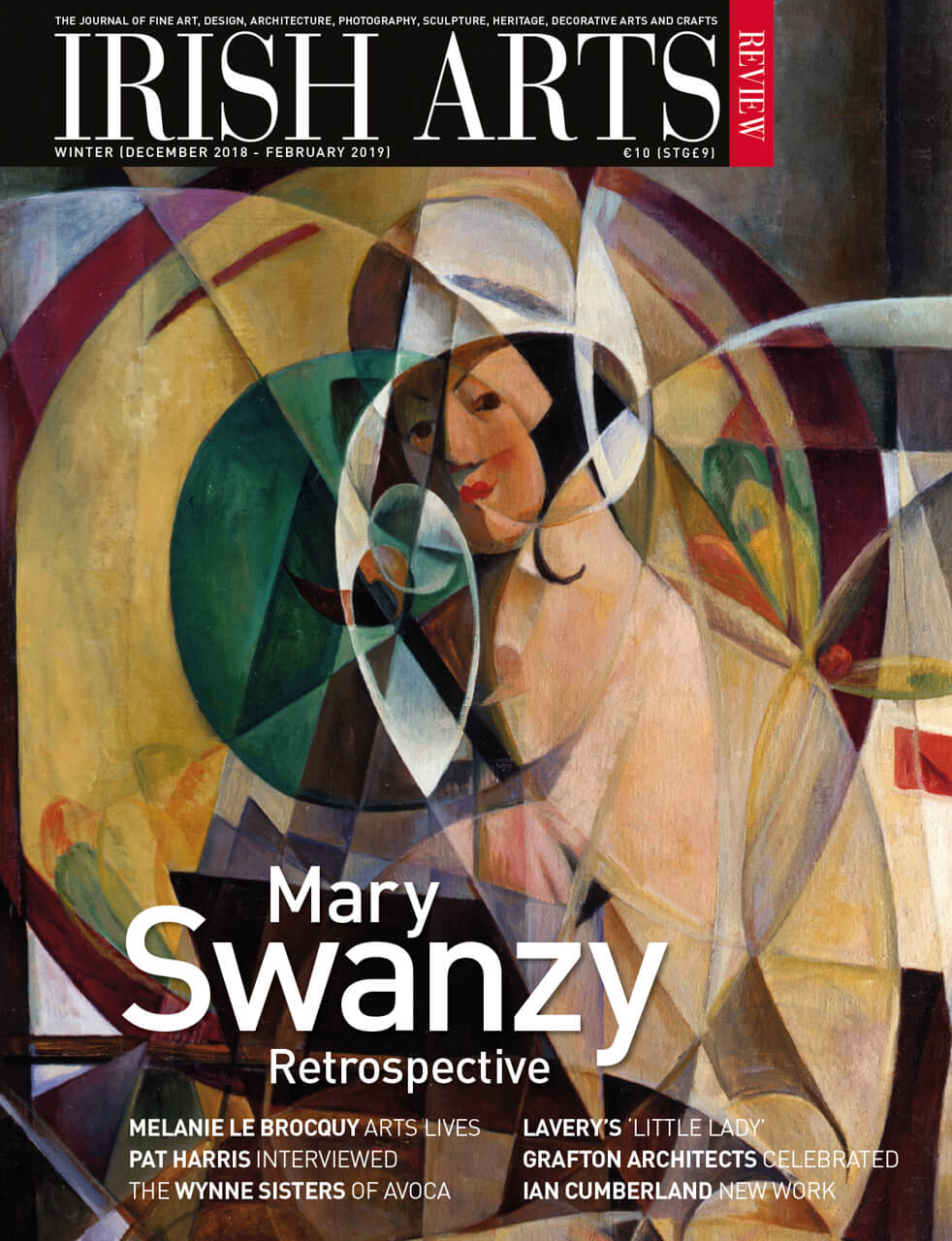
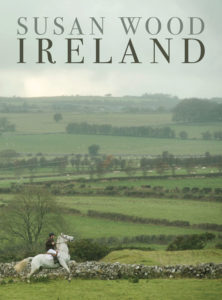 Ireland
Ireland
Susan Wood
The Lilliput Press, 2018
pp 160 fully illustrated h/b
€30.00 ISBN: 9781843517450
Reviewed by Anthony Haughey
Ireland by American photographer Susan Wood is a deeply personal collection of photographs spanning a period of fifty years from her first visit to the country on assignment for British Vogue in 1969. The book consists of eight photo essays featuring well-known personalities that include the late Garech Browne (de Br√∫n) patron of Irish arts and founder of Claddagh Records and Irish-American novelist and playwright JP Donleavy.
It also includes street scenes, travellers, the hunt, cattle marts and abandoned cottages. The final section of the book is a sojourn into contemporary Ireland with portraits of Bono and Ali Hewson, filmmaker John Boorman and a photograph of a group of young women enjoying a bottle of wine on the Belfast-Dublin train in 2017.
Turning the pages of this book is almost furtive, like viewing a family album without permission from the owner. Wood gained access to the most private spaces and intimate moments of her subjects‚’ lives. In one photograph, Garech Browne is dressed in a glamorous Congo pink robe and fluffy boots; peering over his shoulder on the wall behind him is an oil painting (a man resplendent in Georgian attire) perhaps an ancestor from the Anglo-Irish aristocracy. In Levington Park, JP Donleavy is photographed in a room full of carefully labelled archive boxes, including The Ginger Man which is singled out for the viewer’s attention (the book was banned in Ireland and America shortly after its publication in 1955).
Wood follows a long tradition of visiting international photographers, most notably Dorothea Lange, Cartier Bresson and Josef Koudelka, attracted to Ireland for its unique landscape
In another photo essay featuring Marina Guinness and her family, Woods‚’ fifty-year odyssey is clearly marked in her grainy analogue film image of a young carefree Marina in Mountjoy Square in 1969. Fast forward forty-four years and Marina is with her daughter in the family kitchen in County Kildare; film grain has been replaced by pixels and digital imaging, a wide shot of the kitchen rendered in exacting detail. The final series is Desmond FitzGerald’s wake and funeral in Glin Castle, Co Limerick in 2011. It is the end of an era, FitzGerald was the 29th Knight of Glin, the last male heir to the family estate. Wood had photographed him forty years earlier in London, a formal portrait of a man in his prime. This elegiac portrait evokes Roland Barthes‚’ description of photography as ‘a kind of primitive theater, a kind of tableau vivant, a figuration of the motionless and made-up face beneath which we see the dead‚’.
Wood follows a long tradition of visiting international photographers, most notably Dorothea Lange, Cartier Bresson and Josef Koudelka, attracted to Ireland for its unique landscape and what was considered to be a primordial society. In 1989 Andrew Bush photographed Bonnettstown House, a crumbling Georgian pile in Kilkenny, where he successfully captured the melancholy of Ireland’s declining ascendency houses. The book became an instant classic, a coffee table book that can still be found in the living rooms of Ireland’s Blue Book guest houses. In contrast to Bush, Wood is more interested in people, the architectural detail in her collection serves as a backdrop to her subjects. Ireland is a warm and nostalgic yearning for a past that is barely recognisable in 21st-century Ireland.
Anthony Haughey is an artist and lecturer in the School of Media at the Dublin Institute of Technology.

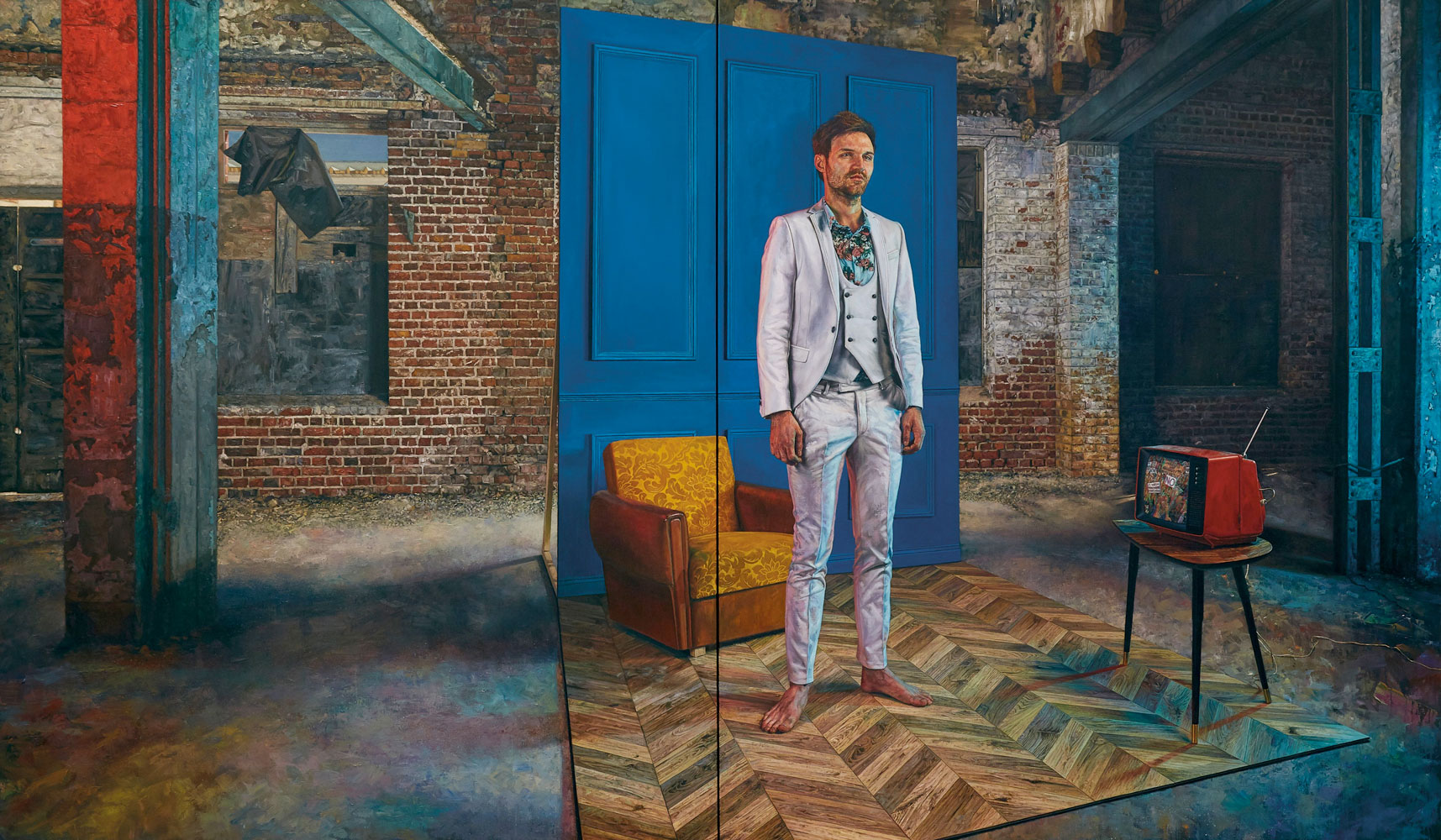
Brian McAvera wonders whether soulless consumerism is the message in Ian Cumberland’s dramatically installed artworks recently shown at Golden Thread Gallery in Belfast
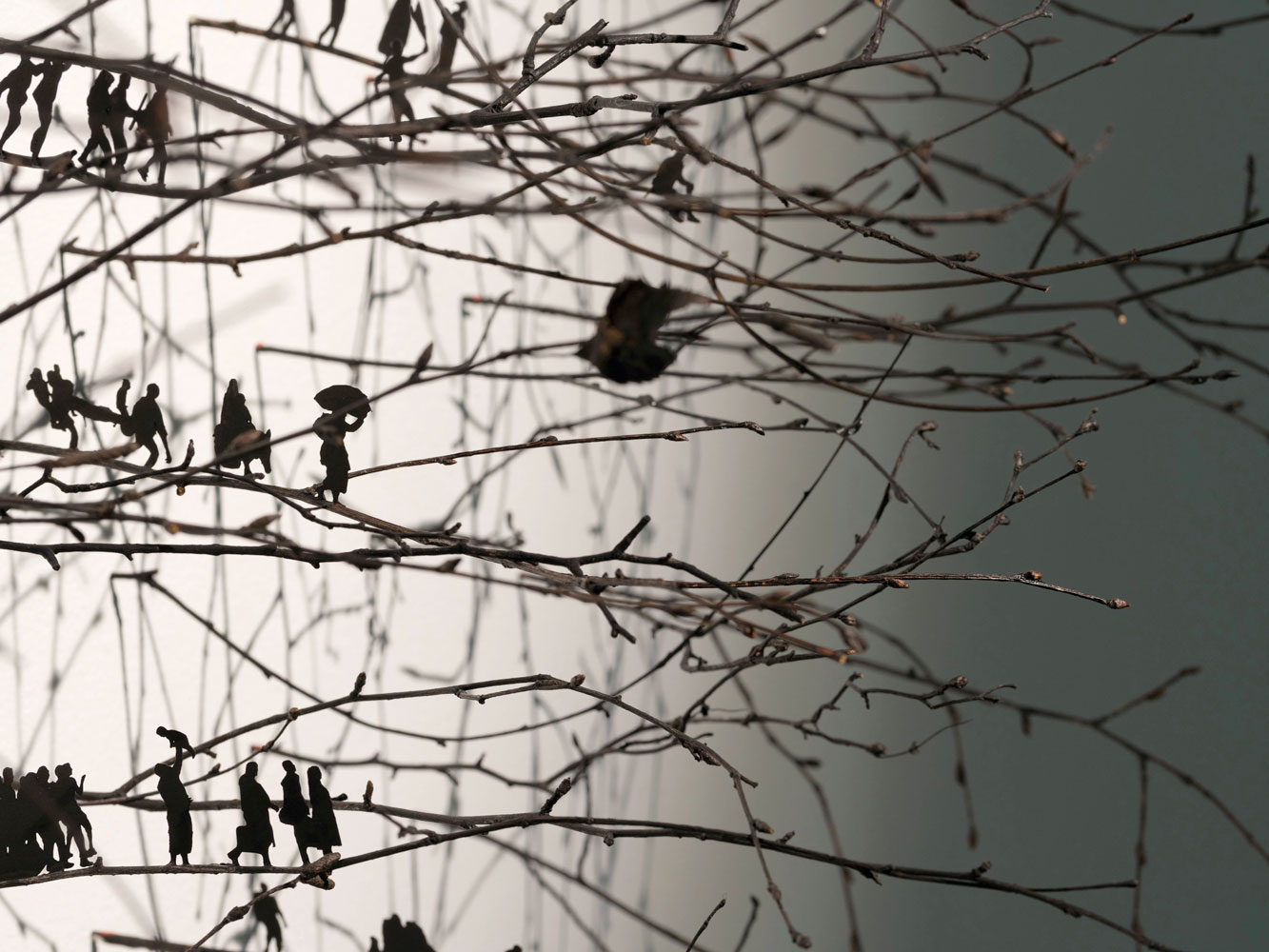
Anita Groener’s strength lies in a total focus on her theme and her art, an art that draws in and challenges the viewer, writes Judith Hill
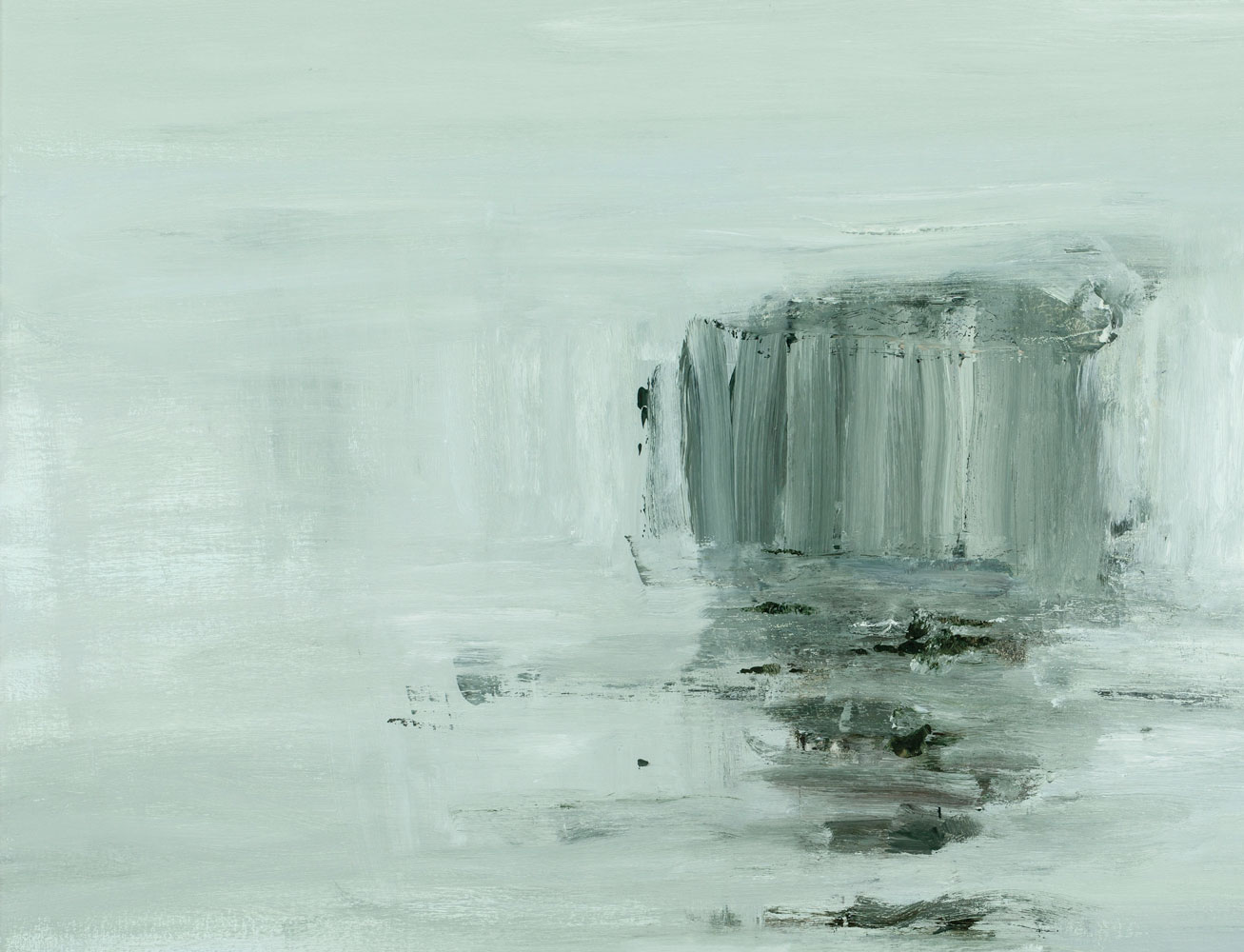
‘I’m trying to make the invisible visible’ Pat Harris tells Brian McAvera on the eve of his exhibition at the Taylor Galleries, Dublin